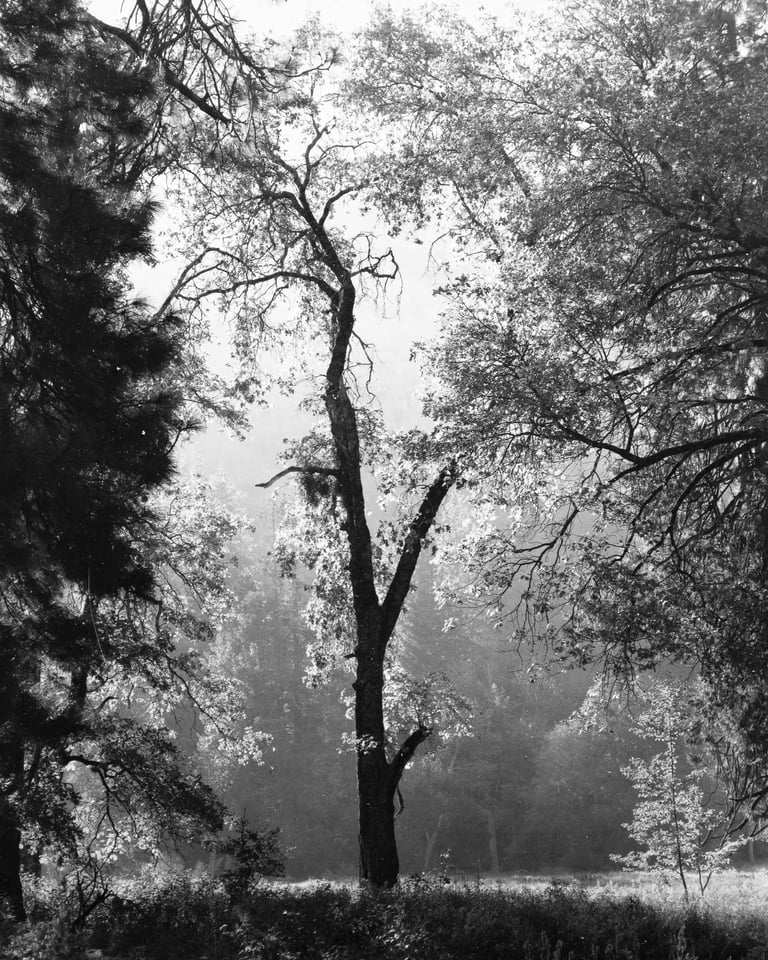Best 600mm lenses
| Fujinon C 600mm f/11.5 | |
| Image Circle Stated by Manufacturer | 620mm circle |
| Shutter Type | Copal 3 |
| Filter Thread Size | 67mm filters |
| Weight | 575 g |
| Recent Selling Prices (eBay affiliate) | $3500-4500 on eBay |
| Additional Notes | Modestly rare. Optically excellent. Has unusually large coverage, with a circle of illumination of about 850mm – even used by some 20×24 photographers. |
| Schneider APO Tele-Xenar 600mm f/9 | |
| Image Circle Stated by Manufacturer | 400mm circle |
| Shutter Type | Copal 3 |
| Filter Thread Size | 105mm filters |
| Weight | 600mm rear element: 465 g (1.03 lbs) Full 600mm lens: 1940 g (4.28 lbs) |
| Recent Selling Prices (eBay affiliate) | None recently sold. Prices are about $5000-8000 |
| Additional Notes | Rare. Optically excellent. A convertible lens that can be used with a 600mm or 800mm rear element. With its telephoto design, it only requires about 461mm of bellows extension for infinity focus, potentially allowing sharper photos than a non-telephoto design (especially in windy conditions). |
| Nikkor T 600mm f/9 | |
| Image Circle Stated by Manufacturer | 310mm circle |
| Shutter Type | Copal 3 |
| Filter Thread Size | 95mm filters |
| Weight | 600mm rear element: 420 g (0.93 lbs) Full 600mm lens: 1650 g (3.64 lbs) |
| Recent Selling Prices (eBay affiliate) | $800-1200 on eBay (rear element alone is about $700) |
| Additional Notes | Optically good. A convertible lens that can be used with a 600mm, 800mm, or 1200mm rear element. With its telephoto design, it only requires about 409mm of bellows extension for infinity focus, potentially allowing sharper photos than a non-telephoto design (especially in windy conditions). The optical flaw is that it leaves no room for movements on 8×10. |
| Goerz Red Dot Artar 24″ f/11 | |
| Image Circle Stated by Manufacturer | 518mm circle |
| Shutter Type | No shutter; can be machined into Copal #3 or Ilex #5 |
| Filter Thread Size | No filters; custom adapter needed |
| Weight | About 1150 g (2.54 lbs) in brass barrel |
| Recent Selling Prices (eBay affiliate) | $1000-1500 on eBay (in shutter) |
| Additional Notes | Modestly rare. Optically good. True circle of illumination is enough for 16×20 film at narrow apertures (at least 650mm). A barrel lens that can be machined into a Copal #3 or Ilex #5 shutter. I prefer the Copal #3 shutter because it can stop down further. Exact weight depends on whether it’s in an aluminum or brass barrel (and what type of shutter, if any). Symmetrical design but quite sharp at infinity when stopped down to typical shooting apertures. Single coated. |





تعليق